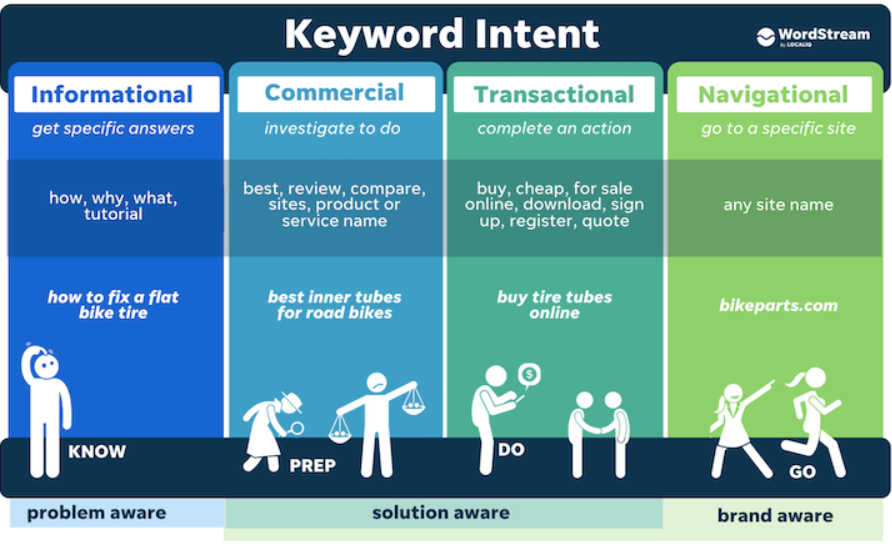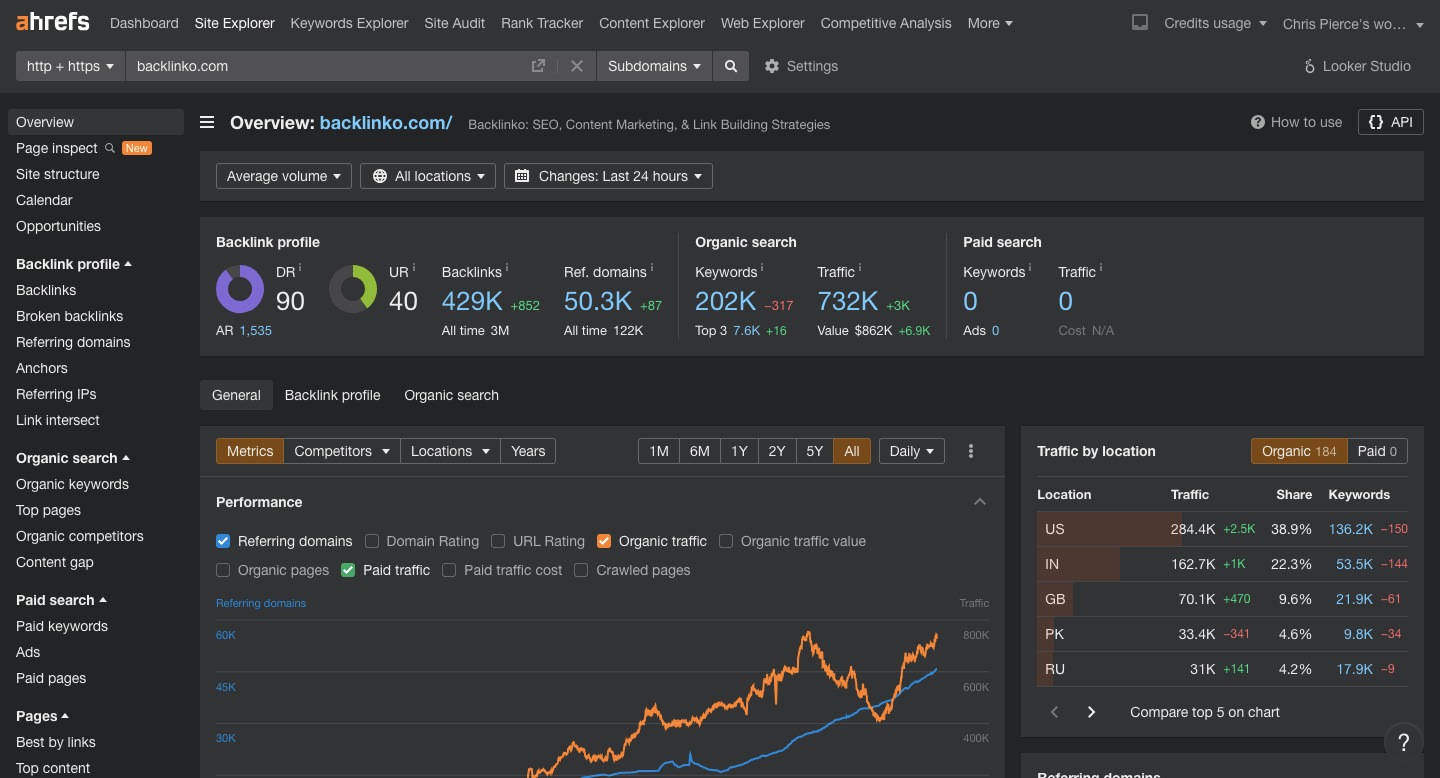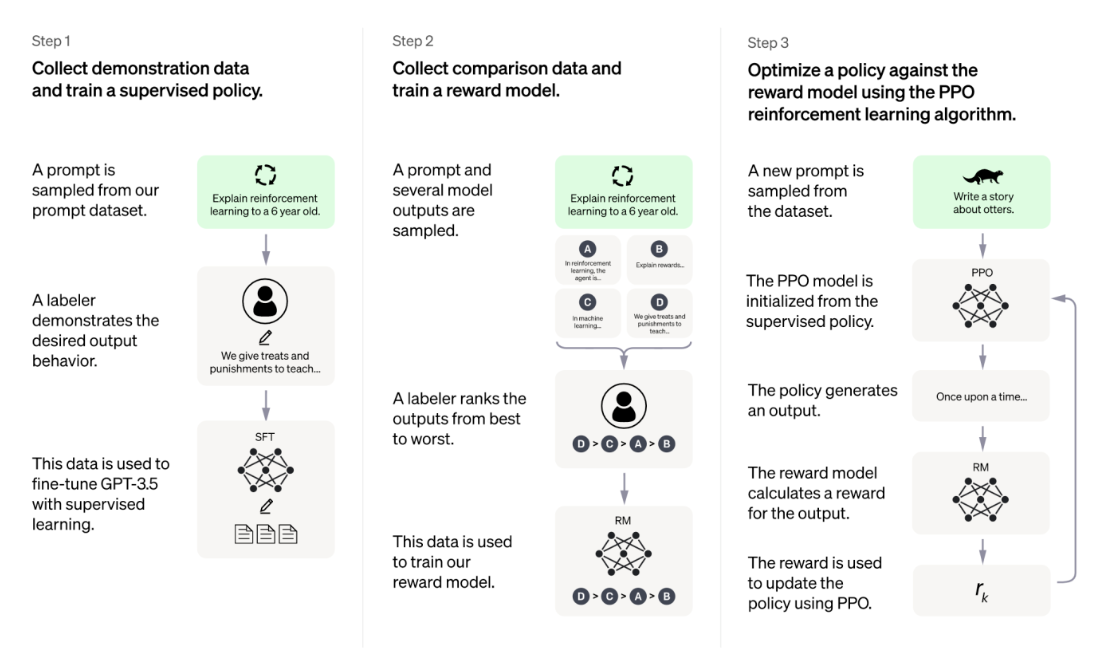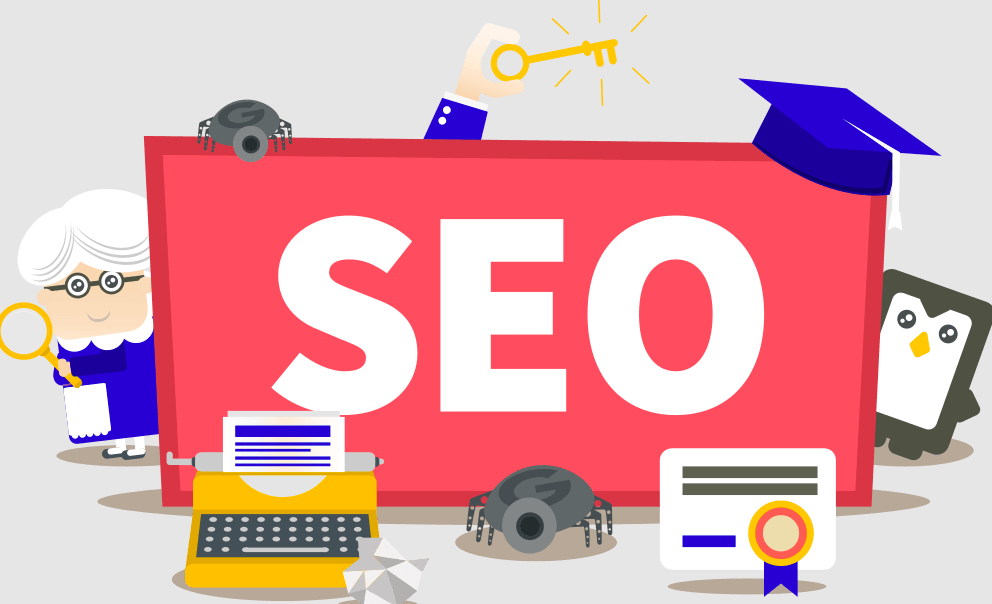SEO is the reason why you can whip out your smartphone, type in any question imaginable, and get an answer within seconds. People now have access to millions of virtual libraries at their fingertips—for free.
As of early 2024, there are more people who use Google than there are people in Africa. As a matter of fact, it’s not even close… Over half of the entire world’s population are Google users.
Semrush claims Google has 4.3 billion users worldwide, while roughly 7.9 billion people are alive today on this very planet.
Google is quite literally one of the most useful digital tools that exist, perhaps the most useful. Why wouldn’t you want to rank on it?
Every writer from every blog wants to pop up in the search results and get a piece of the massive pie of 4.3 billion users. However, not everyone knows how to rank.
There are tons of different SEO strategies and methods that can be implemented into your game plan. The higher your SEO knowledge is, the higher you will rank.
What Is SEO?
SEO, an acronym short for search engine optimization, is a process intended to improve a site’s visibility on a search engine. Whether it be Google, Bing, YouTube, or any other site that is capable of searching for something.
SEO basically helps you show up in the search results. This can bring more search traffic to your site. More site traffic equals more potential for all kinds of growth.
The concept of search engine optimization has been around for a long time but has recently been gaining more popularity.
Four Types Of Search Engine Optimization
- On-Page SEO: This can also be called on-site SEO. It is the practice of optimizing the content on a website for the search engine and its users.
- Off-Page SEO: Things that are done away from a website to increase rankings and authority. These can be things like link building or increasing the amount of sharing on social media.
- Technical SEO: Technical SEO is the process of optimizing a site for search engines. This can include anything from website speed to the usability of your site on a mobile device.
- Local SEO: The process of SEO for users who are near your location. For example, you could search “Best coffee shops near me”. If your site is based on a coffee business, an article optimized for local SEO will help you rank high in the search results with people nearby.
Good, Bad, & Ugly SEO Examples
The world of SEO is filled with plenty of good and bad people. While there are tons of sites that strive to make good content, there are also sites that try to cheat the system.
If you’re using any platform to post content, you have to play by those rules. Black hat SEO breaks the rules, while white hat SEO follows the rules. There is also grey hat SEO, which is somewhere in between the two.

White Hat SEO
- Creating Good Content: Creating content that is well written, informative, and accurate.
- Site Performance: Having overall fast website speed—when your site can quickly load images, articles, and other pages.
- Proper Title & Keywords: Having accurate titles for your articles, as well as having good keyword usage and placement.
- High-Quality Links: When your website contains links from reputable websites, usually with higher domain ratings and high traffic. Typically, sites with DR 50 or higher are best.
- User Friendly Site: A website that is easy to use and navigate.
Black Hat SEO
- Hidden text: Hiding words or phrases on your article, usually by making the writing the same color as the background. Although people won’t be able to see this, Google definitely can.
- Buying Links: Purchasing a link from another website in order to boost your website’s authority. This is seen as an attempt to manipulate Google, since the links to your site are not organic. In some cases this can be considered a grey hat SEO technique.
- Selling Links: Selling links to other websites that link back to your website, or to a different website. This is especially a bad idea if the website you are linking to doesn’t relate to your website and is out of your niche.
- Duplicate Content: Stealing content from other websites, also known as plagiarism. This is not just word for word copying content… An article can also be considered duplicate content if the words are changed significantly.
- Keyword Stuffing: Also known as webspam, this is a strategy where excessive amounts of keywords are placed in a sites meta tags, backlink anchor text, or other content. This is against Google’s spam policy.
- Content Spinning: This is the process of copying another article and changing the wording slightly. There are software tools that are used for this technique, however Google can usually pickup on it pretty quickly. Sometimes this can be considered grey hat, but usually not.
Grey Hat SEO
- Rewriting Content: Another smaller form of plagiarism, this is completely rewriting another article using new wording, usually without adding any value or new content. It is very similar to content spinning, however it is harder for Google to identify if the wording is changed significantly enough.
- Guest Blogging: Although this is not necessarily against Google’s guidelines, some say it is frowned upon. Guest blogging is the process of writing an article for another website in exchange for something—usually money or links.
- Negative SEO: The practice of intentionally buying bad links that link back to your competitor. This often will damage their site authority. As immoral as this is it’s still not considered black hat SEO.
Matching Your Articles To The Search Intent
Search engines can usually tell what a user is searching for and the intention behind their search. Nobody wants to click on an article that is unrelated to the topic they’re searching.
The right SEO tactics can help you make sure that your content is shown to the right target audience. There are four different kinds of search intent: Navigational, informational, transactional, and commercial.

Source: WordStream.com
- Navigational Search Intent: When a user wants to find a certain page, like intentionally searching for YouTube to watch videos, or searching for their social media to login.
- Informational Search Intent: When users search with the intent to learn things, such as how-to articles or statistics pages.
- Transactional Search Intent: When the user has the intent to buy something. For example, “Size medium Nike hoodie”, or “Best indoor basketball”.
- Commercial Search Intent: This is similar to informational searching, but it’s done with the intention of learning about something before buying it. Usually a transactional search will come immediately after a commercial search, and the user will soon make a purchase.
SEO Marketing Strategy
There are tons of different strategies you can use to monetize a high-ranking article.
Once you rank high enough in the search results, your site will bring in more traffic. The majority of traffic will go to the specific article that is ranking, but it can also trickle down to some of your other pages.
More traffic always equals more potential for revenue. You can increase your revenue by creating posts with affiliate links, placing ads in your posts, or selling a service/product of your own.
SEO Examples: Create Content That Ranks
Content Writing Tools
One of the most effective things you can do to rank higher on Google is use a content writing tool. These are software tools you can download that tell you everything from which keywords to use, how many words to write, how many images to add and more.
Some of these tools can even check your indexing status, check search queries, look for crawling errors, find keywords, etc. You can use tools like Google Search Console, Semrush, and SurferSEO.
These tools can be immensely useful for optimizing content. The better optimized your article is, the higher its chances are of ranking in the search results.

Keyword Research Tools
The backbone of all search engines is keywords. Without the right keywords, your article simply will not rank.
Using the right keyword research tools will allow you to analyze the data of other websites, including their keywords, DR, UR, traffic, links, articles that are ranking and much more. The right SEO tool can give you crucial information about your competitors, or about your own site.
The right keyword research tool can also help you plan content for your own blog. There are dozens of different ways that utilizing a keyword research tool can improve your content and company as a whole. A few of these tools are Ahrefs, Semrush, Google keyword planner, Soovle, and Topic Ranker.

AI Writing Tools
Tools like chatGPT or other similar software tools can help you write content in large quantities and much faster. The more articles you publish over time, the higher the chances are of one ranking. The more often you rank, the more organic traffic you will get.
Some writing tools can even place keywords into your article for you. In chatGPT, you can simply say “use these keywords” and list as many keywords as you’d like.
It will write content that contains the keywords, making your article optimized for SEO in much less time than writing manually.
Keep in mind that you still need to create quality content. When you use chatGPT or other AI to write articles, they should be carefully edited to sound natural.
You should also fact check any statistics or data because they may not always be accurate. As long as you’re content creation is good, using AI can undoubtedly help you rank in a search result.

Source: Zapier.com
The Immeasurable Value Of Search Engine Optimization
Ranking on the first page of Google is something that practically every writer and blogger wants to achieve.
Appearing high in Google search results can rake in hundreds of thousands of users. These users can be converted into sales in numerous different ways, there is so much potential that comes with high traffic.
Billions of people around the world use Google, and that number will likely only increase over time.
SEO strategies are quickly becoming some of the most efficient ways to make money in the modern world. Countless people make multi-six figure incomes, some even multi-millions, just by using SEO strategies.
It can completely be done from the comfort of your home, sitting on your couch while sipping some morning coffee. With how quickly the world of online business and e-commerce is growing, there’s no telling how far it will go 20 years from now.
Matt is an SEO specialist, blogger, and the founder of Matt’s World 101.
